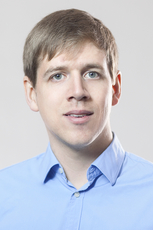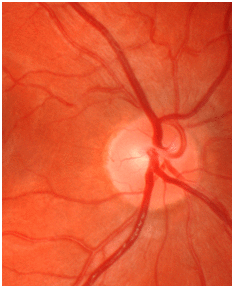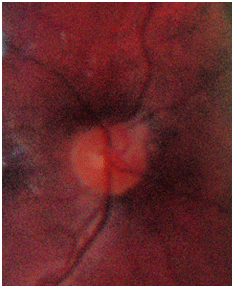
Thomas Köhler M. Sc.
Alumnus of the Pattern Recognition Lab of the Friedrich-Alexander-Universität Erlangen-Nürnberg
Low-cost Fundus Camera for the Third World
Project outline:
Fundus imaging is the most commonly used modality by ophthalmologists for non-invasive diagnoses of eye diseases. In the western world this is one of the easiest ways to collect information about the eye fundus. Unfortunately, common fundus cameras are expensive, require a power supply system and a trained technician. Thus, they are not usable for a mobile application for example in a Third World country.
For this reason a low-cost mobile applicable fundus camera is developed in the frame of this project. The prices of the mobile applicability are lower spatial resolution of the images, poor illumination conditions and decreased signal-to-noise ratio. These drawbacks make it difficult to use the images for diagnosis by physicians or pattern recognition systems.
 |
 |
Project goals:
The goal of this project is the examination and development of image processing methods for the restoration and enhancement of low-cost fundus images. This will make the images usable for a medical diagnosis. In contrast to standard fundus cameras, our camera is capable to capture video sequences due to the small light exposure of the patient eye. There is a high potential in the application of image processing methods based on these image sequences.
In detail the research at the Pattern Recognition Lab is concentrated in the following fields:
- Illumination correction and contrast enhancement to overcome poor illumination conditions and to get color impressions comparable to high-quality fundus images.
- Denoising algorithms to reduce noise induced by the low-cost sensor.
- Super-resolution algorithms to increase the spatial resolution of the captured images to make small details sharp and visible to physicians.
Project partners:
The research project is a collaboration project between the Pattern Recognition Lab, the ![]() Chair for Microvave Engineering and High Frequency Technology, the
Chair for Microvave Engineering and High Frequency Technology, the ![]() Eye Clinic Erlangen and the
Eye Clinic Erlangen and the ![]() Voigtmann GmbH. The project is located in the
Voigtmann GmbH. The project is located in the ![]() Medical Valley Spitzencluster.
Medical Valley Spitzencluster.

 +49 9131 85 28977
+49 9131 85 28977
 +49 9131 85 27270
+49 9131 85 27270

